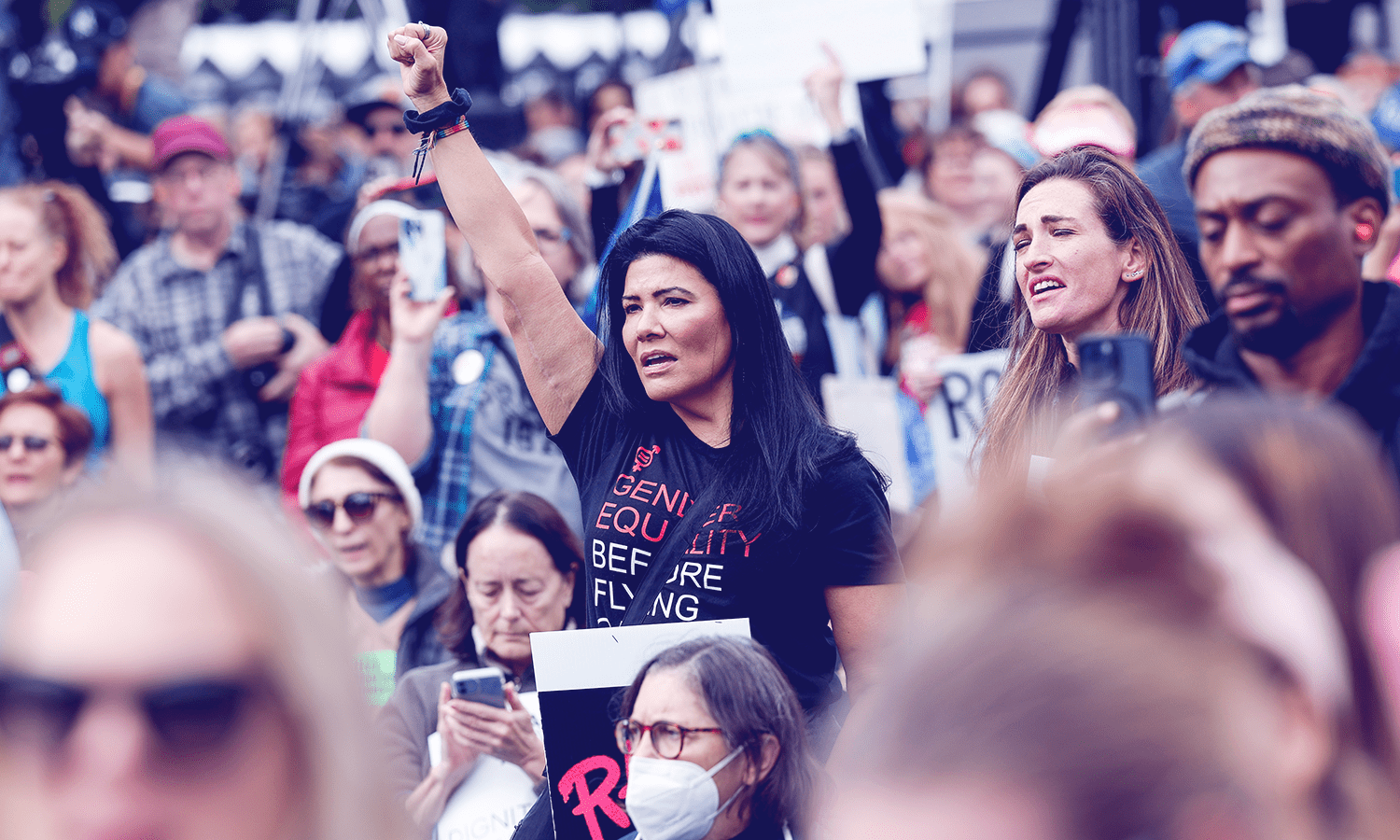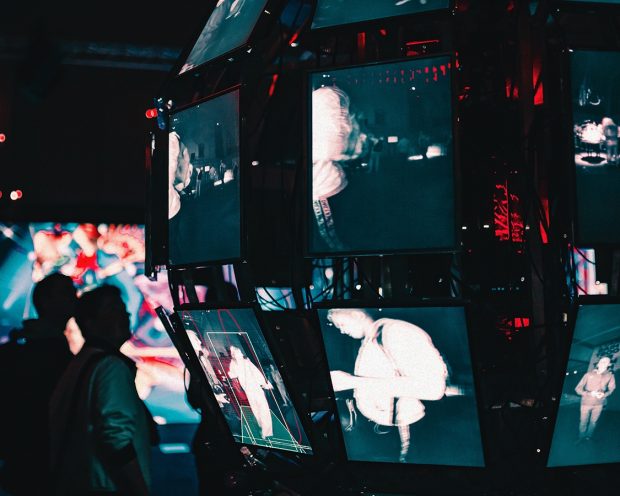The art and science of experiential activism

Monday, January 16, was MLK Day here in the US. The federal holiday is also our country’s only National Day of Service, encouraging Americans to volunteer in their communities and act on Dr. King’s social justice legacy. Much of that social justice work gained traction through peaceful protests. From the Montgomery Bus Boycott and March on Washington to 1965’s Selma to Montgomery march, Dr. King’s activism gathered supporters and contemporaries together in person and used the power of the masses as a key tool to demonstrate that these protests served a purpose. January also brings the annual Women’s March, which started in 2017 as a worldwide protest against Donald Trump’s presidential policy positions and continues each year to advocate for human rights legislation. The inaugural march was the largest single-day protest in US history, with more than 500,000 people attending in Washington DC and 3 million participating globally. View this post on Instagram A post shared by Women's March (@womensmarch) The right to peacefully protest is a pillar of democracy. While there are too many examples to count — the suffrage movement, Stonewall Inn riots, Vietnam War protests, the Million Man March (and Woman… and Mom…) — the great American...
